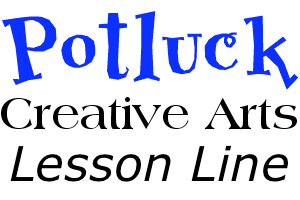

I wanted to share some newly updated resources that will help make it easier to learn accompaniment pieces, especially those you choose for yourself outside of Simply Music materials. If you haven’t yet completed the two versions of Danny Boy in the Accompaniment 1 book, you can safely ignore all this, because it’s for use only after that, and I’ll mention it to you when the time is right.
Outside Accompaniments — This brand new handout provides guidelines on three helpful topics:
- Selecting your own accompaniment material — The guidelines here are an updated version of those I previously provided by email when it was time to begin to pursue outside accompaniment pieces. You may get as many songbooks or individual pieces of sheet music as you like at any time, but my main recommendation is to get one of the Regular Fake Books listed at Accompaniment Substitutions — This handout, developed last Fall, has been newly updated with many improvements. Substitutions make vastly more accompaniment pieces, including very complex ones, possible for you to play no matter how few chord types you’ve formally learned. Their use is optional, and it does take a little bit of work to understand and use, but it’s fantastic for opening up huge possibilities rather than limiting you to pieces that include only those chord types you’ve covered formally. For those who used earlier versions of this handout, here’s an outline of the improvements:
- Many more complex chord types are listed so that you can pursue an even wider variety of songs.
- All complex chord types have major chord substitutions so that you can pursue the full variety of possible songs from the very start without having to wait to formally learn any other chord types to extend the list of possible substitutions.
- Guidelines are provided for how to sight-read accompaniments. This is a great skill in itself, it’s something that will help you more easily learn all your accompaniments, and it also contributes to better music reading skills in general.
- Instructions for how to use the handout have been improved.
- Charts no longer break across pages.
Combined with our usual learning strategies like controlling the events and “brick by brick,” these tools will help you make great strides in more easily learning accompaniments — and in learning far more complex accompaniments easily when you otherwise wouldn’t yet be able. If you ever lose track of this post, you can always reach these tools through the
Post navigation
